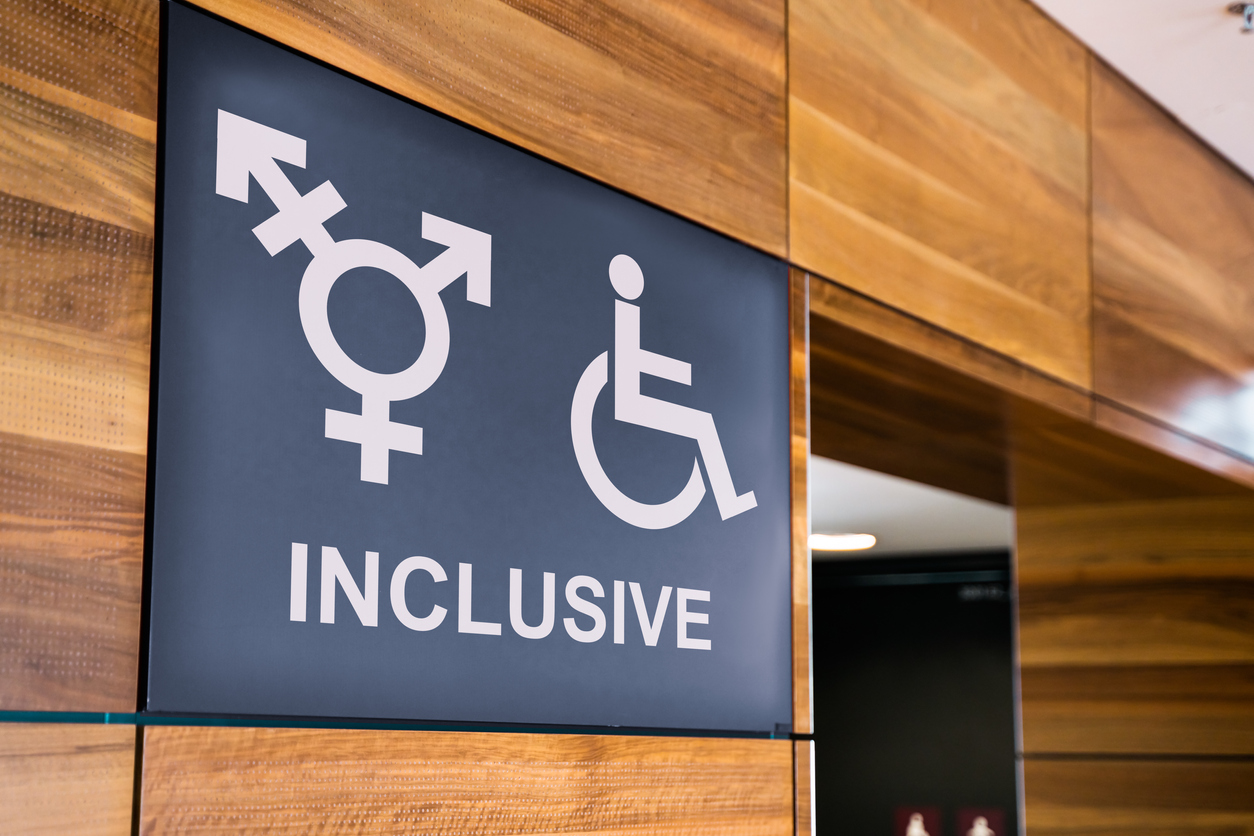A look beyond gender-neutral language
It’s a start — but only a start.

While nobody questions that gender-neutral language is not just a current hot-topic but a must in PR, it might be time to look beyond the measures that are currently being taken.
These days, it seems that gender-neutral language was invented by the rising woke culture. However, in fact, it is by no means a new phenomenon. The first public display of gender-inclusive language happened the year the Titanic sank when Ella Flagg Young, the first woman to serve as superintendent of the Chicago public-school system, used the pronoun his’er in front of a baffled crowd of principals.
Her action led to nationwide headlines and numerous discussions concerning gender equality. However, the change in language was not adopted by the public – then.
Over 100 years later, her approach has spread across countries and languages and is about to become a standard as well as a symbol for an equal society. The UN, the European Union and many more have issued their guidelines and frameworks on gender-neutral language, establishing an international codex.
The world has changed! But has it really?
The Sapir–Whorf hypothesis states that language determines the way we think about reality and perceive the world. Therefore, implementing gender-neutral language should, in fact, bring real change into our world and society, no question. But is that what is currently happening?
While companies and institutions worldwide have taken a first step in the right direction by raising awareness for gender equality, it seems that, in some cases, changes like the usage of gender neutral language are used as a comfortable quick fix, taking the attention and necessary resources away from real inequality issues that have been left unsolved.
Let me give you an example from Switzerland: A Swiss working couple is taxed collectively, meaning the member of the couple earning less (usually the woman) is taxed at the same rate as the higher-earning member. This often removes the incentive for women to work more than part-time. Moreover, this old-school mindset is further favored by poor day structures at schools and overpriced childcare, often leaving mothers with the choice between “working for free” solely to save their chance to return to a decent position once their children have grown up, or to not work and give up on their careers entirely. And such structural problems will not be tackled plainly through gender-neutral language, but only through a complete and utter system change.
Too big for PR?
It might seem that this systemic problem deeply rooted in society has been taken out of our hands, considering this reaches way beyond communication. However, this would be a conclusion that lies far from the truth.
The fact, that gender-neutral language is (obviously) not the solution to all of our societal problems does not mean, that PR does not have a forceful influence on current developments – au contraire! PR is in a unique position, that reaches far beyond language adaptions and right into the heart of companies and institutions.
Working as closely with our clients as we do on a daily basis, we are able to recognize and point out potential for improvement concerning gender equality right to the people who can make real changes. As PR professionals, we have the opportunity to advise and teach, be it within media trainings or communication strategy development, all the way up to C-level. And this opportunity we should seize. Daily.
So, instead of focusing avoiding words like “manpower,” we should all agree to keep our eyes open. To keep our eyes open to inequality, discrimination and structural biases in our daily life. And we should no longer shy away from asking questions, be it concerning campaign traits, leadership structures or even project assignments.
And meanwhile, let us all see gender-neutral language as what it really is: a reminder to make this world a more equal, more integrating place. Not the solution.
Jenny Albert is a senior PR consultant at Grip Agency, a Worldcom Public Relations agency.







You know that the Sapir-Whorf hypothesis has been largely contested, right?